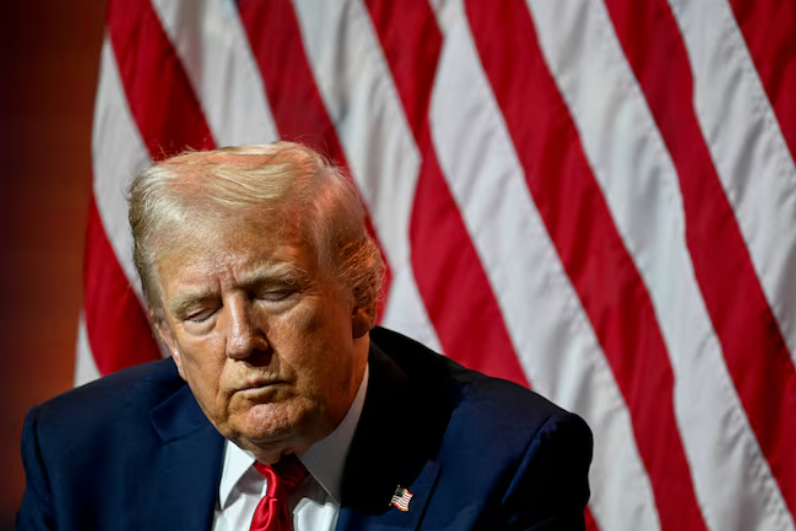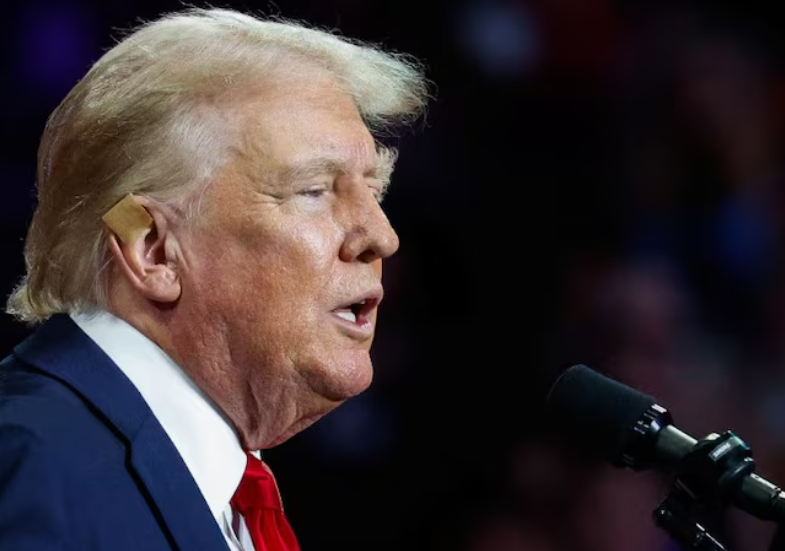The U.S. Supreme Court entered a quiet phase in its fall term this week, with no oral arguments held on Monday, October 20, as the justices observed a scheduled break between their October and November sessions.
While the docket was silent in the courtroom, the Court’s latest orders list carried significant implications — including a decision that effectively ends President Donald Trump’s latest attempt to expand presidential immunity protections.

Key Developments from October 20, 2025
- No New Certiorari Grants: The Court issued no new cert grants from its October 17 conference, according to the official orders list released Monday on supremecourt.gov.
- Trump Immunity Appeal Denied: The Court denied certiorari in United States v. Trump (No. 24-148), leaving intact lower-court rulings that limited Trump’s claims to broad criminal immunity for actions taken while in office. The move signals the justices’ reluctance to revisit their own July 2024 presidential immunity ruling, which narrowly defined the scope of immunity from prosecution.
- Second Amendment Petitions Still Relisted: Two major gun rights petitions — Shawn M. Robertson v. United States and Ross Farca v. California — remain under review. Both challenge the application of firearm restrictions on convicted felons in light of New York State Rifle & Pistol Ass’n v. Bruen (2022). Legal analysts expect possible action later this term, as circuit splits have emerged over how Bruen applies to “non-violent” felons.
- No Oral Arguments Held: Monday was a non-argument day, as confirmed by the Supreme Court’s public calendar. Oral arguments are set to resume November 3–7, 2025, with Hamm v. Smith — addressing the use of IQ evidence in capital punishment cases — topping the schedule.
Reuters called the Trump case denial a “procedural win” for lower courts, while SCOTUSblog noted the continued relisting of Second Amendment cases as “an indicator of future constitutional clarification.”
Highlights from Last Week’s Arguments
The Court’s most recent session on October 15 featured two closely watched constitutional cases:
- Louisiana v. Callais (No. 24-109): A challenge to Louisiana’s 2024 congressional map testing the line between Voting Rights Act (VRA) compliance and racial gerrymandering. Conservative justices appeared skeptical of using race as a dominant factor in district design, while liberal justices underscored the need to remedy historical voter dilution.
- Case v. Montana (No. 24-624): A Fourth Amendment case on whether police need probable cause or a reasonable belief for warrantless home entries under the emergency-aid exception. Early questioning suggested a majority leaning toward a “reasonable belief” standard to preserve law enforcement flexibility.
These cases could have sweeping implications — Callais for the future of minority voting power ahead of 2030 redistricting, and Case for defining the limits of privacy in emergency police interventions.
Looking Ahead
The justices reconvene November 3 for their next round of oral arguments, which will include:
- Hamm v. Smith — capital punishment and intellectual disability standards.
- Additional statutory and constitutional cases yet to be assigned.
Observers will also continue tracking pending Second Amendment petitions, which could shape how lower courts interpret post-Bruen firearm laws in 2026 and beyond.

